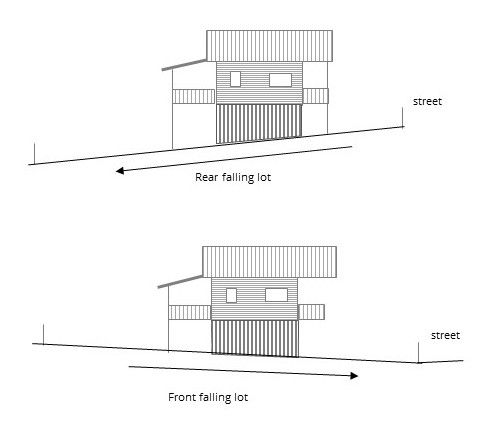Engineering constraints may prevent you from subdividing your land.
Engineering constraints are important, and if a site has a topography falling towards a street, you can be reasonably assured most of the required infrastructure such as sewer, stormwater and water mains are likely also located in the same street. This is not always the case and service locations should be reviewed as early as possible. ‘Dial Before You Dig’ offers a free and valuable service to confirm service locations by submitting a search request at www.1100.com.au.

© Consult Planning Pty Ltd
Fill the below form for enquiries.